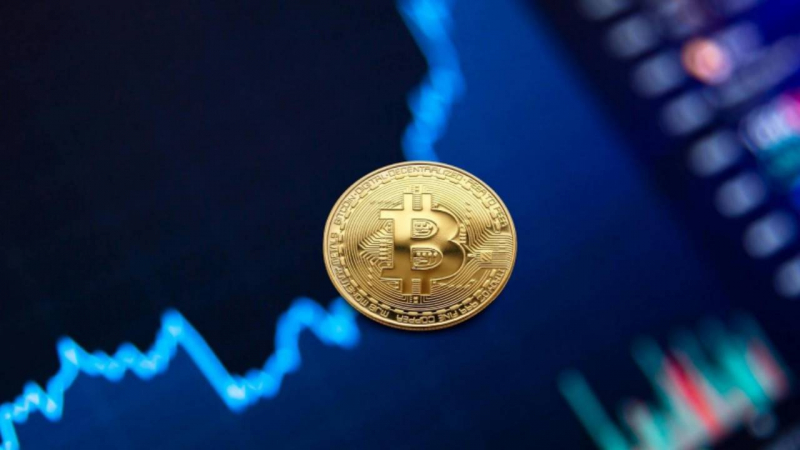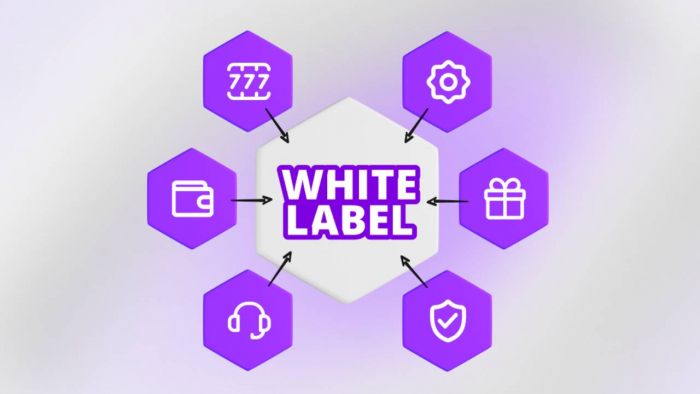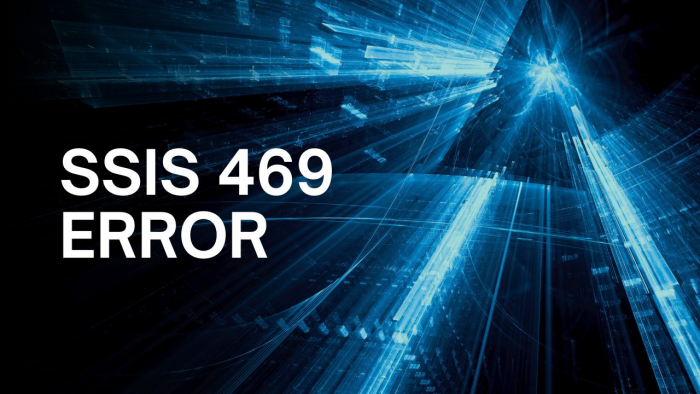As layer-2 and zk-rollup technologies mature, they’re slipping out of the realm of purely crypto trading tools and into everyday payment systems. What once lived only in dev blogs now powers real wallets, microtransactions, and ecosystems where users swap value almost invisibly. This is a quiet revolution in how payments flow online.
Real-World Utility Takes Shape
The promise of decentralized rails extends far beyond trading screens. Faster, cheaper transactions are already reshaping streaming payouts, in-game rewards, and instant purchases across digital ecosystems. In spaces built for entertainment, curated overviews like this list showcase how crypto-integrated casinos blend speed, transparency, and flexible payment options — combining fast withdrawals, wide gaming selections, loyalty rewards and digital wallets that mirror the frictionless logic of modern finance. It’s not just play; it’s proof of concept for how seamless value transfer feels when the rails stay invisible.
Outside the gaming floor, the same principles apply. Platforms use similar infrastructures to manage subscriptions, cross-border micropayments, and creator tipping without waiting on traditional processors. Every shift toward instant settlement brings blockchain closer to the background of daily transactions, where it simply powers movement rather than headlines.
These experiments signal a broader evolution: decentralized payments becoming the connective tissue of digital economies. And it’s precisely this underlying architecture — the emerging web of layer-2 and zk-rollup systems — that gives the entire ecosystem its quiet momentum.

The Layer-2 and zk-Rollup Revolution
Layer-2 networks are designed to ease the load from main blockchains by processing most transactions off-chain. They batch hundreds or thousands of small operations together and post only the proof of their validity back to the main chain. This not only reduces costs but also makes confirmations near-instant. zk-Rollups take it a step further.
Instead of trusting multiple verifiers, they use cryptographic proofs that mathematically guarantee correctness. It means that once the proof hits the blockchain, everything inside it is instantly trusted. Transactions finalize quickly, since the proof validates correctness without relying on lengthy dispute windows. The result is an ecosystem where payments settle faster, cheaper, and with stronger security guarantees.
In practice, this technology is no longer theoretical. Major networks have begun integrating layer-2 systems to manage growing transaction volumes. zkSync, StarkNet, and Polygon’s zkEVM all show how zero-knowledge systems can scale without compromising decentralization. The underlying infrastructure is complex, but the experience for users is simple. Transactions feel seamless. Waiting disappears. Fees fade into the background. The blockchain remains there, but unseen — an invisible foundation that powers every transfer.
From Trading Floors to Daily Life
The first generation of decentralized networks revolved around trading and speculation. It was an economy of tokens, charts, and volatility. That era is giving way to something steadier. The technology that once powered speculative trades is now being folded into payment apps, digital wallets, and gaming ecosystems. What was once a playground for developers is turning into a financial backbone for small payments, rewards, and in-app purchases.
Microtransactions — once dismissed as impractical — are becoming increasingly viable. Paying a few cents to read an article, reward a creator, or unlock a feature no longer requires expensive middlemen or waiting days for settlement. Layer-2 rails process these transfers almost instantly. For the first time, the economics of the internet are beginning to align with its design: lightweight, fast, and borderless. The invisible part is what makes it work. Users don’t think about chains or wallets or gas fees. They just see a balance that moves exactly when it should.
The Mechanics Behind the Momentum
The progress isn’t just luck. It’s a combination of cryptography, software engineering, and coordination between builders who share the same vision of frictionless finance. Zero-knowledge proofs are becoming more efficient. Recursive verification compresses millions of transactions into tiny mathematical summaries that can be checked in seconds. Modular rollup architectures allow developers to deploy new networks quickly while sharing data and security with existing ones. Together, these advances remove the trade-off between scale and decentralization that has long defined the industry.
Data availability — once an overlooked problem — is now central to the conversation. Networks are being built with systems that ensure information about past transactions remains accessible and verifiable. Privacy is also improving. Payment channels enhanced with zero-knowledge proofs hide sensitive details while still guaranteeing correctness. This gives users the privacy of cash and the auditability of public ledgers at the same time. Behind every tap, cryptographic proofs silently verify that each transaction is mathematically sound.
New Business Models Take Shape
This change is about more than technology; it’s about economics. When payments become fast and costless, new business models emerge. Digital creators can receive direct micro-payments for their work without waiting for platforms to release revenue. Gamers can earn, trade, or spend digital assets instantly inside worlds that feel alive. Platforms can reward participation in real time, distributing tokens or credits automatically without clogging a network. Value moves the way data does — instantly and globally.
What’s striking is how this evolution makes traditional intermediaries less essential. The rails themselves become the infrastructure for new economies. Platforms don’t need to reinvent payment gateways or deal with cross-border transfers. Everything happens natively within decentralized systems. A piece of content can be monetized without ads. A virtual good can be bought without banking friction. The effect is subtle but far-reaching: a quiet flattening of digital commerce that puts creators, developers, and players on more equal footing.
The Invisible Infrastructure
Every major technology wave reaches a point where its best feature is invisibility. Few people think about the servers that host websites or the cables that carry global internet traffic. Decentralized payments are heading in that direction. The most successful implementations will be the ones users never notice. Wallets will feel like simple apps. Transfers will be instant. Balances will update without fanfare. The underlying system — the cryptography, the proofs, the rollups — will fade into the infrastructure of everyday life.
That’s the marker of maturity: when technology stops shouting its name and simply does its job. The payment networks of the future won’t need to advertise themselves as decentralized. They’ll simply work. And when that happens, the industry will have reached the goal it has been chasing since the first blockchain was mined — an open system that moves value freely, globally, and without friction.
The Takeaway
The rise of decentralized payment networks isn’t a sudden explosion. It’s a steady transformation unfolding beneath the surface of digital life. Layer-2 and zk-rollup systems have made it possible for decentralized payments to blend into ordinary experiences — shopping, gaming, tipping, streaming. Costs have fallen low enough to make most micro-transactions feasible. Speeds have reached a point where blockchain no longer feels like a delay.
This is how disruption actually looks: quiet, technical, inevitable. The rails of value are being rebuilt, line by line, into something faster, fairer, and invisible. We are watching the foundation of the next digital economy form in real time — one where friction fades and value simply moves. The technology that once powered speculation is now powering simplicity. That’s not just progress in crypto; it’s progress in how the internet itself works.
Post Comment
Be the first to post comment!





